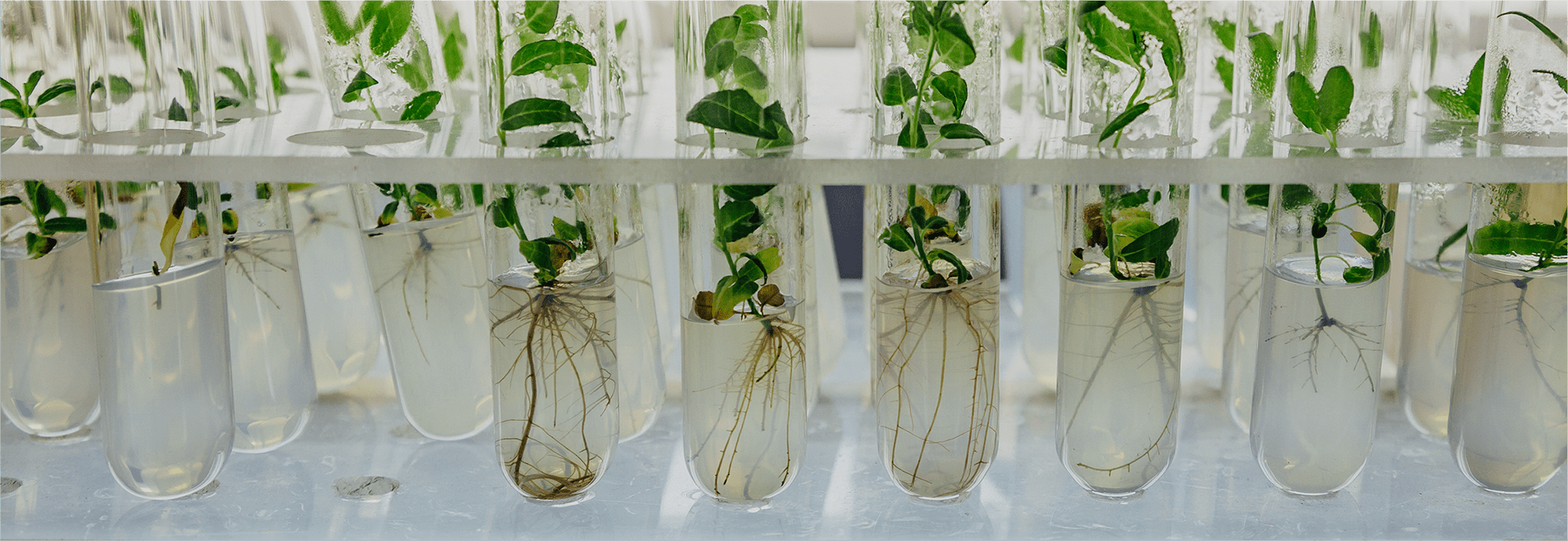- Technologies
-
Solutions
- About IBIS
-
- Service
- R&D Center
-
R&D CENTER
The genome sequence of recently identified species in Korea, Pseudostellaria longipedicellata (Caryophyllaceae)
Jongsun Park*, Hong Xi, Yongsung KimThe genus Pseudostellaria (Caryophyllaceae) contains 21 species distributed in temperate, and most species are restricted to Asia. Some species, such as Pseudostellaria heterophylla, have been used as traditional chinse medicine (TCM) for positive health effects. In 2012, Pseudostellaria longipedicellata was identified as a new species with the pedicel that elongates from flowering to fruiting and bends the basial part of pedicel toward the ground when bearing fruits. 250Gbp raw sequences (~200x coverage) were generated by HiSeq 2000/4000 with six different libraries. Current assembly (version 0.5) of P. longipedicellata presents 1.25Gbp (max length of scaffolds is 2.95Mb and N50 is 10,114bp), which is a little bit larger that estimated size of K-mer analysis. 159,579 Simple Sequence Repeats (SSRs) was identified, of which density (127.8SSRs/Mb) is more than those of Beta vulgaris and Spinacia oleracea. InterProScan shows 36.53\% of the predicted genes have known functional domains. 418 cytochrome P450s were identified from P. longipedicellata; while 198 and 178 cytochrome P450s were rescued from B. vulgaris and S. oleracea, respectively. Genome sequence of P. longipedicellata will be provided in the Pseudostellaria Database (http://www.pseudostellaria.net/) which also provides geographical distribution and specimen of Pseudostellaria species including P. longipedicellata, molecular markers sequences for phylogeny researches, pictures of growth process, and web-based bioinformatics tools including BLAST. was also implemented in the database enabling users to collect not only sequences, but also pictures, Pseudostellaraia individuals, and molecular marker sequences for analyzing them together.



